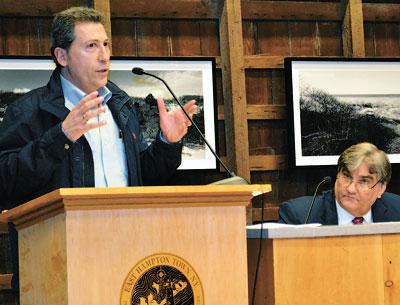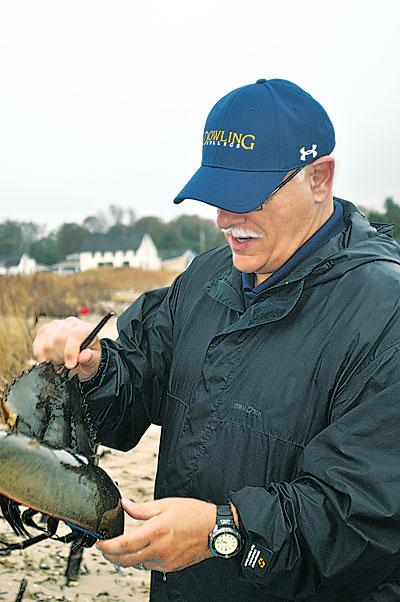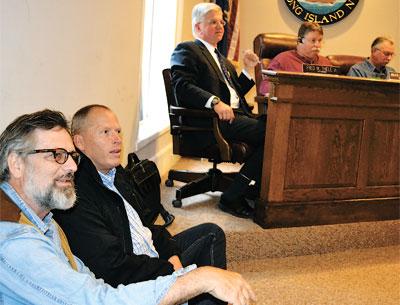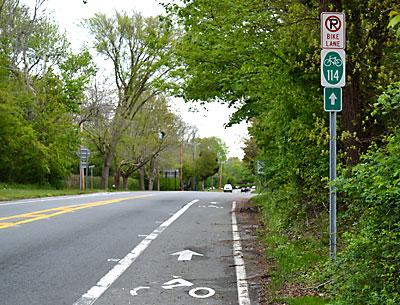School Administration Shuffle
School Administration Shuffle

Charles Soriano, who has served as the East Hampton School District’s assistant superintendent for the past nine years, is moving a few blocks down the road to become the East Hampton Middle School principal on July 1.
“Anticipating the transition back to building leadership is personally exciting for me,” Dr. Soriano said in a letter to the staff. “It is a change that I eagerly embrace as I think about the hustle, bustle, and joy of regular contact with kids. This was the reason I entered our profession in the first place.”
Dr. Soriano’s move is one of several changes in the school administration that are being planned. Although definitive titles are still in the works, at press time it seemed as though Keith Malsky, who moved from assistant principal to principal last summer when Thomas Lamorgese retired, would join the principal, Gina Kraus, and the staff at the John M. Marshall Elementary School as an associate principal, and that Daniel Hartnett, the current assistant principal at John Marshall, would return to his former position as district-wide bilingual social worker.
Larry Roberts, who has for the past year split his time between being assistant principal at the middle school and the director of the district’s unified arts program, is leaving at the end of the school year. The unified arts position was eliminated as part of the budget process. As of now, there is no word on who will step in as assistant middle school principal, or whether the district will fill the position of assistant superintendent. “It’s under discussion with the board,” said Richard Burns, the district’s superintendent, of Dr. Soriano’s previous posiiton.
“This has been a long, well-thought-out, deliberative process,” Mr. Burns told a crowd of bewildered middle school parents at Tuesday night’s school board meeting. “Sometimes these types of decisions are made on June 28,” two days before a change in employment would occur, “but we wanted to be transparent about this,” he said. “We felt very strongly that this is the way we should move forward.”
Mr. Malsky and Ms. Kraus, who were both at the school board meeting, did not comment on the changes.
“Charlie is a pleasure to work with,” Mr. Burns said. “And with the wealth of knowledge he has, he is going to be so on target at the middle school.”
Dr. Soriano earned a doctorate in organizational leadership and education at the University of Pennsylvania. He also holds an M.A. from Middlebury College, a bachelor’s degree from the College of the Holy Cross, and a second M.A. from Rutgers University, in educational leadership.
He was the recipient of a Fulbright fellowship to study in Japan, and of a teacher grant from the National Endowment for the Humanities. In 1997, he was named distinguished teacher of the year in the Westfield, N.J., public school system.
In addition to his work with the district, Dr. Soriano serves on the board of the Amagansett Food Institute and is the treasurer of the East Hampton Library. When not working, he likes to travel; he has visited almost 50 countries on five continents, indulging his love of extreme hiking in some of them. On a recent trip to South America, Dr. Soriano spent the night in a steel shipping container at 14,000 feet during an Andean mountain crossing from Chile to Argentina.
“As I think about my career’s path,” Dr. Soriano said in his letter to the staff, “I know my next chapter will include classroom teaching again in some form or fashion — returning me to where I began 23 years ago. Until that time, I am thankful to be working in East Hampton.”






